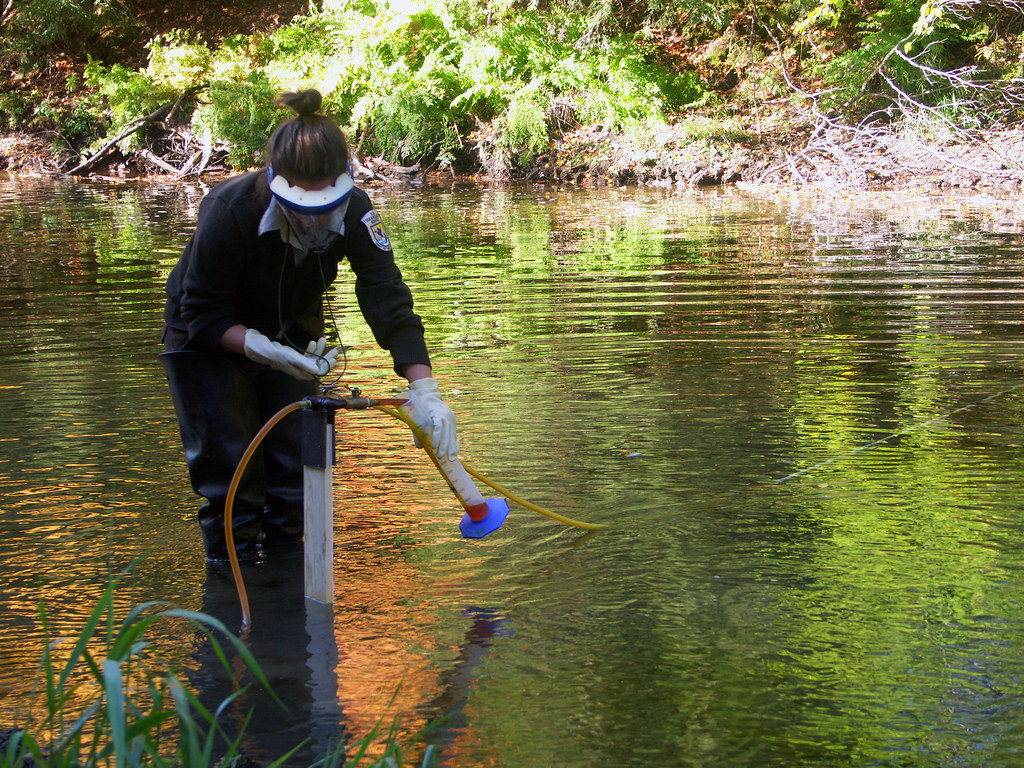The issue of using aquatic pesticides to control lamprey populations in and around Lake Champlain has received considerable attention in recent weeks.
In particular, the determination made by the Vermont Department of Health (DOH) that permits issued for the use of the chemical 3-trifluoromethyl-4-nitrophenol (TFM) should not allow the chemical to be detectable in water that is used for drinking or food and beverage preparation.
VPIRG supports this determination made by DOH because it represents a reasonable and precautionary approach that will protect public health in the absence of information regarding the heath impacts of TFM.
Anyone who wants to use chemicals, pesticides, or other devices to control aquatic nuisances in the state of Vermont must show that there that there will be a “negligible risk to public health” before they can get a permit from the Agency of Natural Resources (ANR).
Earlier this summer the U.S. Fish and Wildlife Service (FWS) requested aquatic nuisance permits to apply TFM in the Missisquoi River, the LaPlatte River and Stone Bridge Brook. If TFM is applied in the manner proposed by FWS there is a likelihood that the chemical could reach a number of drinking water intakes, including the Chittenden Water District that serves South Burlington, Williston, Winooski, Shelburne, Essex Junction and surrounding communities.
Because the proposed applications could result in TFM in the drinking water of thousands of Vermonters, ANR and the DOH made sure that they were looking at the best information available to determine what level of TFM would be safe.
DOH reviewed the available data regarding the human health impacts associated with the use of TFM and determined that, at this point in time, they could not determine there would be a negligible risk to human health unless TFM in drinking water is kept to a level below 3 parts per billion, the concentration at which TFM can be identified in a water sample.
Supporting the decision to keep TFM below detectable levels in drinking water is the fact that — in EPA’s risk assessment — they stated that “there is no expectation that people would be exposed through drinking water”, and found that dietary risk assessments are not required, limiting their review to dermal exposure.
State Toxicologist Dr. Sarah Vose summed up the current state of the research on TFMs human impacts saying “we really don’t know what the long-term effects of this pesticide are.”
VPIRG supports the decision to keep TFM below detectable levels in drinking water because more information is needed before determining if TFM is safe for human consumption. The applications proposed by FWS could result in exposure that the EPA never even considered when assessing the risks posed by TFM.
Without adequate information to determine the long term impacts of human health from TFM, it is appropriate, and necessary, to take a precautionary approach until we can adequately determine safe exposure levels.
In the coming weeks FWS is expected to revise their plans for applying TFM so that no detectable levels of the chemical will reach drinking water intakes. VPIRG will be watching this process, and will let you know what you can do to ensure we don’t allow chemicals in our drinking water that we don’t know to be safe.

